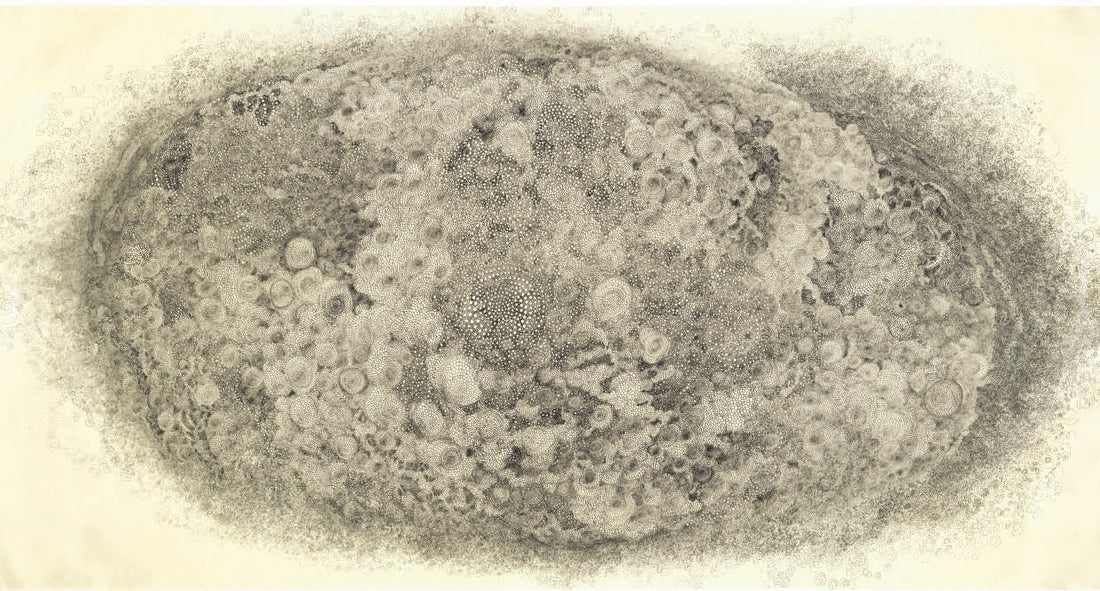First published: Summer 2023
The doors have opened to Cincinnati Art Museum’s current show “Creating Connections: Self-Taught Artists in the Rosenthal Collection”. Here, Richard Rosenthal talks to curator Julie Aronson
JA: How did you become interested in art?
RR: Art as well as arts, plural. Entirely my mother. My five siblings and I had little choice... we were surrounded by it. I played the violin. My mother was a wonderful pianist. We were taken to plays, concerts, and my brothers and I were in a Saturday-morning studio programme at the Cincinnati Art Museum when we were very young kids. We weren’t very good at it but appreciating art versus making it has always been something that I have loved.

Ned Cartledge, Hell Ain’t Half Full, 1986, carved and painted wood, 33.5 x 17.5 in. / 85 x 44 cm
When and how did you start collecting?
My late wife Lois and I started collecting shortly after we were married in the mid- to late 1960s. The first thing we collected was painted American furniture. That morphed into Shaker furniture ... That then somehow morphed into folk art of the Grandma Moses type, which moved right on over about 15 years ago to outsider folk art or art brut.

Mary K Borkowski, Toil, Strength, and Devotion, 1973, hand stitching with silk thread on velvet, 29.5 x 20 in. / 74.5 x 51 cm
I know that you do like nineteenth-century things...
Yes, especially furniture. But the focus of the collection is contemporary... in time made, rather than appearance.
How do you define your collection? Do you put parameters on it?
I really don’t. We collected things to which we had an almost immediate response. Our rule for collecting was that, if Lois and I both just loved whatever it was – and it wasn’t totally outside what we could afford – we’d buy it. If one of us loved it and the other was not sure, we would likely buy it, but it would be located somewhere near the person who loved it. In my case, my office.
Beyond that, there are some pieces by Dubuffet which, although he is not a self-taught or folk artist, I love because I want to honour that he legitimised the field. He said, “Wait a minute, this is great art. It’s communicating a message in a very unique and representative way.” And boom! Because of his reputation, his opinion was heard and accepted. His work is a connector for me – to have him on the walls of my home and to have a variety of his work – because his art was immensely eclectic.

Unidentified American artist, All We Ask Is a Fair Trial, late 19th–early 20th century, oil on canvas mounted on wood panel, 46 x 36 in. / 117 x 91.5 cm
Have there been advisors or mentors who have helped you along the way, informing the collection?
Early on, I bought a number of pieces of folk art from Jay Johnson’s America’s Folk Heritage Gallery in Manhattan. Jay helped at that time to fashion the collection. One other influencer was Laurent Danchin. He was the European editor for Raw Vision magazine and lived in France. We took a number of trips with him to artists’ studios in and around Paris, and he opened up new worlds of work by artists from that part of the world.
This is an article extract; read the full article in Raw Vision #115.




